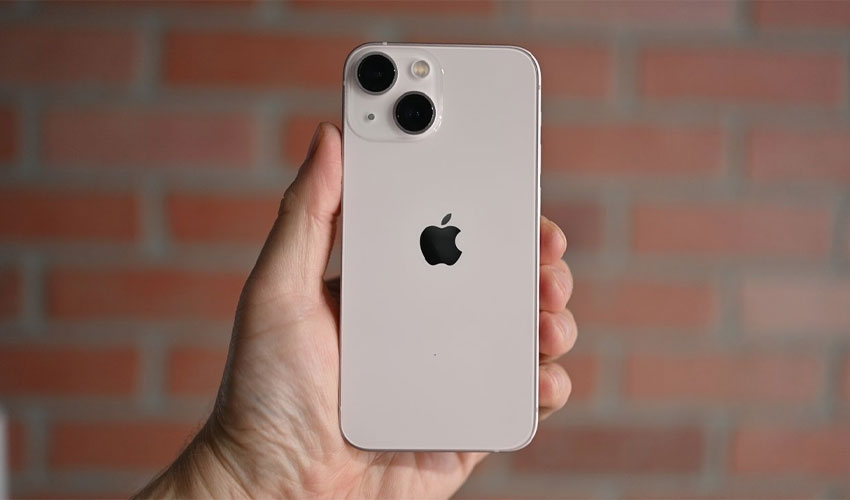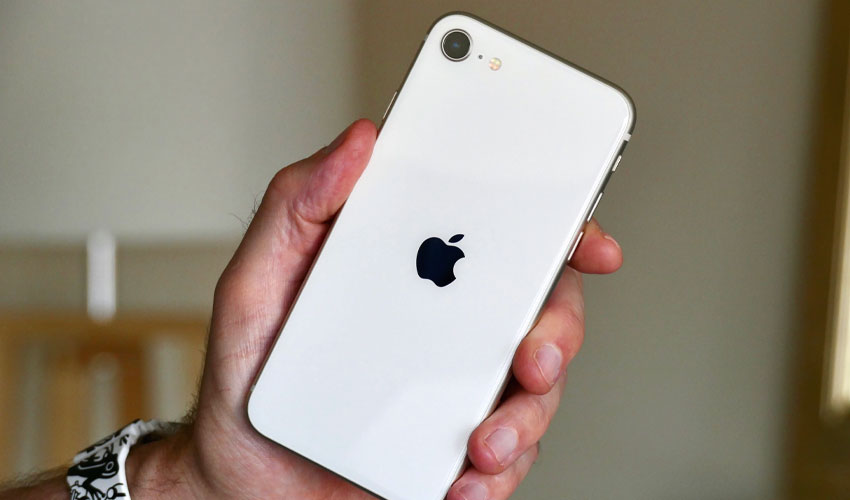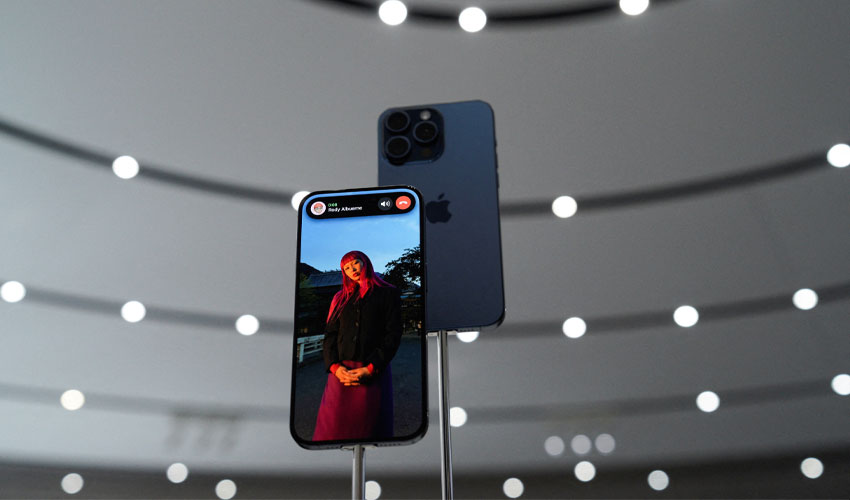At its recent September event, Apple unveiled its latest lineup of products, which notably included four new iPhones.
One prominent shift in this release was the adoption of USB-C ports across the new phones. However, the event also marked the quiet discontinuation of the iPhone 13 Mini, a device that was notable for its compact size.

The end of the iPhone 13 Mini, which featured a screen size smaller than its line, the iPhone SE, represents Apple's pivot towards larger smartphones.

The iPhone SE, with its 4.7-inch screen, is slightly smaller than the Mini but still remains in Apple's product lineup.
While the Mini boasted flagship-class internal components, it appears that Apple has decided to forego the production of another small-sized handset.
In the past, compact phones enjoyed popularity among consumers who preferred smaller and more manageable devices. However, as the demand for larger screens grew due to increased video streaming and gaming activities, smaller handsets became less sought after.
Although there remains a niche market for small phones, it appears that Apple has shifted its focus towards larger smartphones with advanced camera capabilities.
Apple's emphasis on larger screens aligns with its strategy to encourage users to enjoy and store high-resolution images captured by the latest iPhones, equipped with 48-megapixel cameras.

Additionally, Apple's new higher capacity iCloud+ tiers aim to accommodate the storage needs of users generating substantial amounts of data.
The discontinuation of the iPhone 13 Mini signifies Apple's alignment with prevailing market dynamics and its drive to meet the evolving demands of its user base, particularly in the realm of multimedia and photography.


























